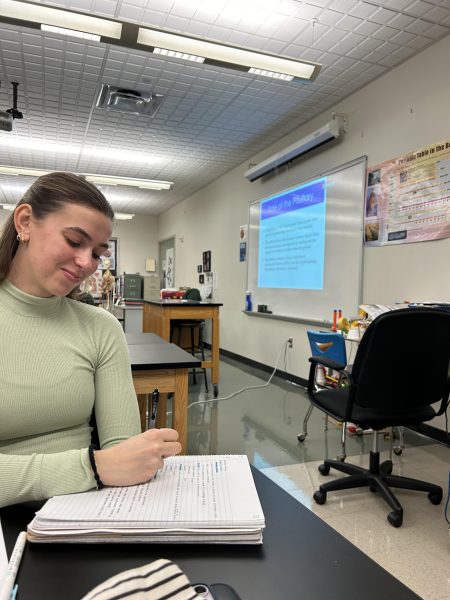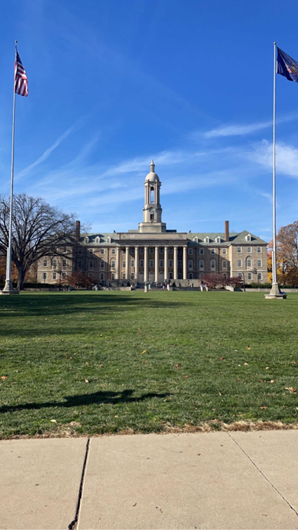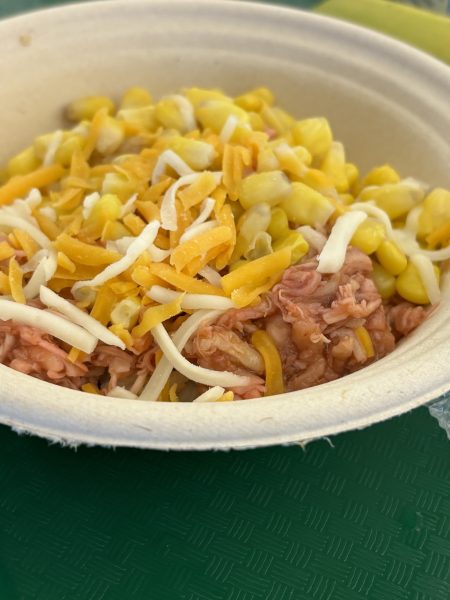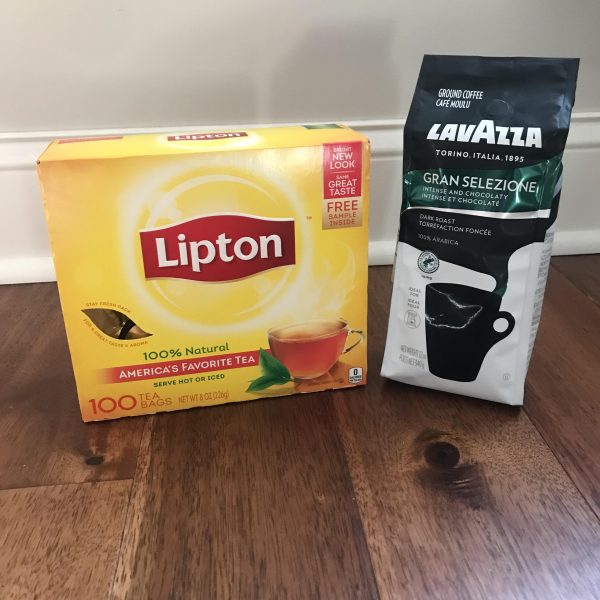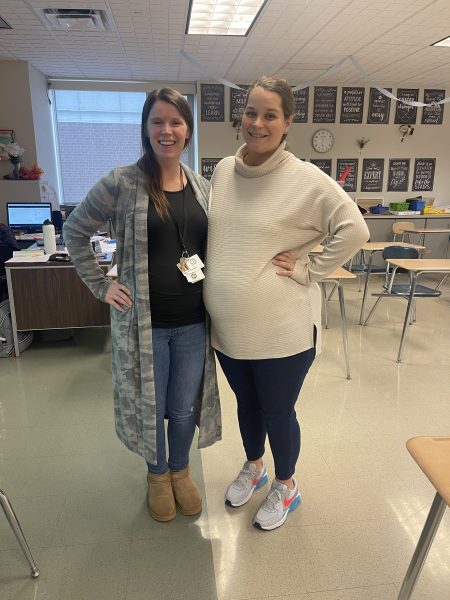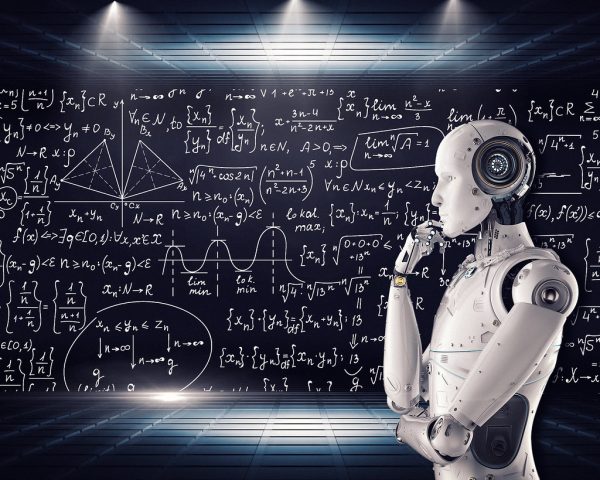The Last Straw
February 14, 2021
Plastic pollution is becoming a big problem worldwide, and an immense contribution to this issue is plastic straws.
Imagine it’s a sunny day, and you’re relaxing on the beach. You decide to take a dip in the ocean. Instead of fish swimming around you, you see plastic. According to the Ellen MacArthur Foundation, by 2050, there should be more plastic in the ocean than fish. Plastic is a material that isn’t biodegradable but photo-degradable, which means it breaks apart into smaller and smaller pieces but never actually goes away. Plastic straws are the sixth most common type of litter worldwide according to the app “literati” that identifies and maps trash. The plastic straw issue is something we humans can come together to solve.
Plastic straws are not only bad for the environment, but they can be harmful to animals as well. Animals in the ocean might mistake plastic items for food and eat them. Plastic cannot be digested, so these animals end up dying. According to the National Oceanographic and Atmospheric Administration, plastic debris kills about 100,000 marine mammals annually, as well as millions of birds. For straws specifically, a video was released that showed a turtle with a straw stuck in its nose. It was a pretty disturbing video, especially for an animal lover to watch. Medical vets eventually got the straw out of its nose, but it is unfortunate to see how what seems like a harmless thing can negatively impact the world around us.
Start change by stopping the use of plastic straws. It is simple because there are various alternative straws that don’t contribute to plastic pollution. You can invest in a naturally degradable straw, metal straw, and ice straws. When you’re out to eat, ask your server to skip the straws. It’s a small start, but it can get us somewhere if we all do it together. You’ll end up saving money, saving the earth for further generations, and saving animals.


